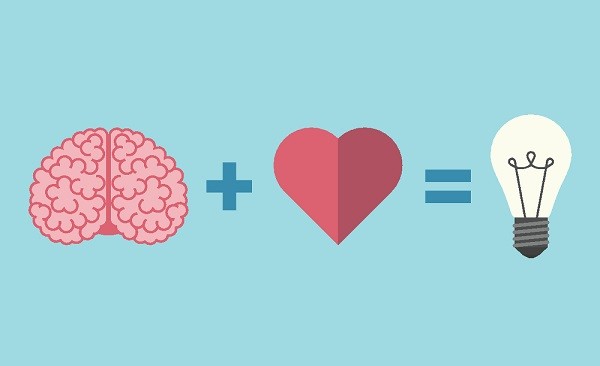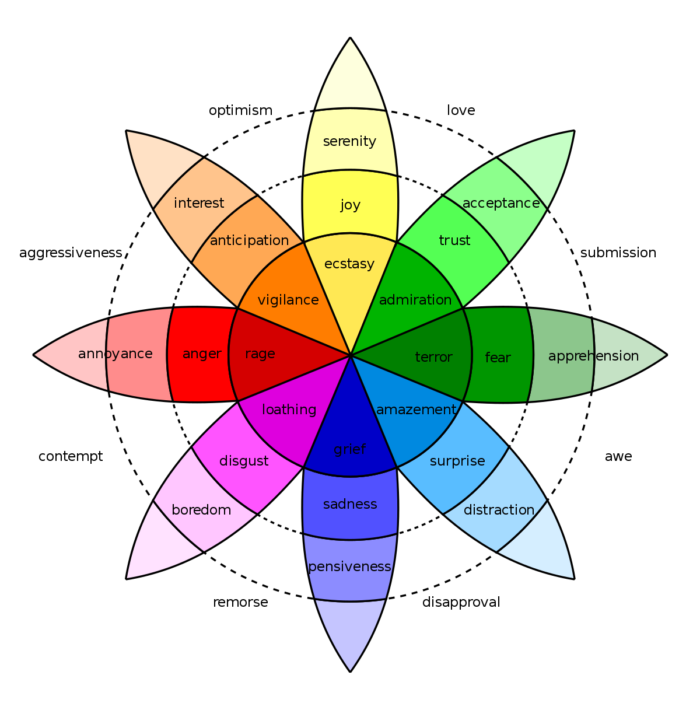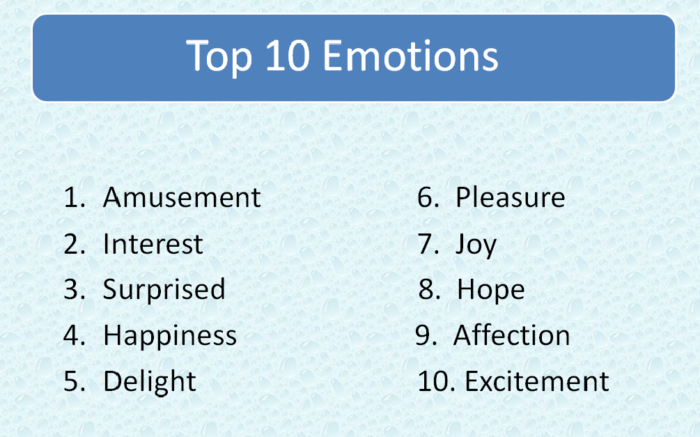
Everybody agrees that an optimal image of a brand is important. No consumer wants to have a lousy feeling of what he buys or consumes. But how does obtaining a positive brand image work? Why is this image so important to a consumer, an advertiser or a marketer? And is this importance really well deserved?
Take for example, when a hurricane is forecasted, everyone starts buying essentials like water, food, medicine kits but also everything else to entertain themselves in the event connection is broken with the rest of the world. So why that kind of negatives emotions, as fear, can push a prospect to become a consumer? Especially so with even less important events than a hurricane. That’s the point of this article: how to identify and classify those emotions, the different kinds of consumer reactions, good ones as well as bad ones, and how to use them to improve a branding campaign.
Why are emotions important for marketing?
Studies have shown that our buying decisions are made up of 80% emotions and 20% rational thinking. Not that we indulge often in impulse buys, but that when we make a purchase, its very often because we feel good about using this product, or because we feel that we contribute to something larger than ourselves, for a collective good etc. Emotions are powerful levers that we as marketers can activate in order to reach our objectives, whether it is improving sales performance, creating brand awareness or building a community. Which brings us to our next point; emotions enable us to remember brands or associate ourselves with them. It helps to create a connection between our audience and our brand. Take for example two brands with similar products and services at the same price, one markets only its product features and the other one shares stories of how the products changed their lives, it’s the latter that will receive more recognition and more loyal fans. When we feel strongly about something, it triggers our emotions and our human nature will want to do something about it. Emotions prompt us to take action, whether online or offline, it prompts us to engage in conversation, in spreading, in influencing. This type of engagement can most often be seen in social media sharing, such as sharing articles/posts/memes, tagging friends, commenting, re-tweeting, liking etc.
How emotions affect our actions?
In the matter of how or what we feel, everything can be broken down to 8 ‘primary’ emotions: happiness, trust, fear, surprise, sadness, disgust, anger and anticipation, and a combination that goes on to form a myriad of complex feelings, much like a mixture of the primary colours cyan, magenta and yellow can form a multitude of colours and tones. Robert Plutchik, a renowned psychologist, best explains this in his highly acclaimed “wheel of emotions” showcasing the common emotional layers. For more understanding of this theory, read them here

Happiness and trust makes us want to share
Studies shows that the emotion observed most frequently when we share something online is when we experience happiness, joy and positivity. Like a baby who mirrors her mother’s smile with her own, if this is our first emotional action in life, then obviously happiness is likely programmed into all of us. No surprise then that in a market research studied by Fractl, a digital communications agency from Florida, who surveyed 400 people to record their emotional responses to top 100 viral images from Reddit, the 10 most common emotions experienced are made of positive ones.

But you may wonder as I do, didn’t they teach in mass media lesson 101, that bad news sells, that if it bleeds, it leads, no news is good news, and good news is no news? Didn’t news agents scour the entire globe to bring the latest disaster or the nastiest crime scene to our television screen? If negativity is the number 1 best seller in mass media, then why is it that in social media, happiness is the chief factor?
Jonah Berger, professor of marketing at the University of Pennsylvania’s Wharton School and author of Contagious: Why Things Catch On, explains: “The ‘if it bleeds’ rule works for mass media that just want you to tune in, they want your eyeballs and don’t care how you’re feeling. But when you share a story with your friends and peers, you care a lot more about how they react. You don’t want them to think of you as a Debbie Downer.”
Sadness helps us to empathize and connect
Marketers for charity organizations or associations that rely on public giving knows this very well, that sadness makes us empathize and connect and empathy leads to increased giving. Empathetic emotions often motivates us to help and to act on behalf of others. No wonder organizations like the Red Cross often use sad images and moving soundtrack in their marketing campaigns when seeking donations. Perhaps there is afterall some positivity in the feeling of sadness than we thought.
Fear make us desperate for something familiar to cling to
Surprise and fear make us cling to what’s comfortable and embracing what’s comfortable leads to increased brand loyalty. This may come as a surprise as marketers typically are apprehensive in using fear in their advertisements, so as to minimize the association of negative feelings with their brand. But new studies show that evoking fear can actually enable our brands to be a comfort for consumers to lean to during dark times. When we’re afraid, we need to share this experience with someone and when there’s no one around, we attach that bond to a brand that is at hand. Lea Dunn, a research fellow from the UCB Sauder School of Business, demonstrates that consumers feel a greater affiliation with a present brand when watching a horror film than when watching films which evoke happiness, sadness or excitement. For marketers, this perspective is especially note-worthy, as there are typically less product placements in horror firms than in other genres, thus providing a huge competitive edge over other brands. Not all brands are suitable for the fear element though, as it may not make sense for certain product categories.
Anger/disgust make us more stubborn
In a recent study by the University of Wisconsin, 2 groups of participants were given a blog post about the risk and benefits of nanotechnology. Though the body of the post was similar for both groups, the first group had civilised comments below the blog while the second had rude and disrespectful comments that induced anger. These rude comments made participants of the second group feel more strongly in their opinion about whether nanotechnology is beneficial or risky, and even more remarkably is the observation that for the participants with neutral opinions in this group, the presence of the rude comments influenced their involvement in taking one side or the other. It increased the level of engagement in the comments and sharing of opinions. In contrast, the participants in the first group had no change of opinion and no strong feelings about the article. Through this, we can see that anger and aversion can make us stubborn and can lead to viral content and loyal followers. Everyday we see on Facebook or Youtube intense comments on controversial articles or videos. Like happiness, strong emotions like anger can influence people to share contents.
Conclusion
In conclusion, why marketers should use emotions in their marketing and branding campaign can be summerized in 3 points:
- Our purchasing decisions are based on 80% emotions and 20% rational thinking
- Emotions make us remember brands or associate ourselves with them = Connection
- Emotions motivate us to take action = Engagement
In ending, we would like to share a quote from Google’s Head of Strategic Planning, Abigail Posner, on the impact of emotions on social media, “Understand the emotional appeal and key drivers behind the discovery, viewing, sharing and creation of online video, photography and visual content….In the language of the visual web, when we share a video or an image, we’re not just sharing the object, but we’re sharing in the emotional response it creates.”
Source
https://en.wikipedia.org/wiki/Robert_Plutchik
https://www.frac.tl/work/marketing-research/viral-content-emotions-study/
https://news.ubc.ca/2014/02/05/want-brand-loyalty-scare-your-customers/
https://www.thinkwithgoogle.com/consumer-insights/memes-with-meaning/

